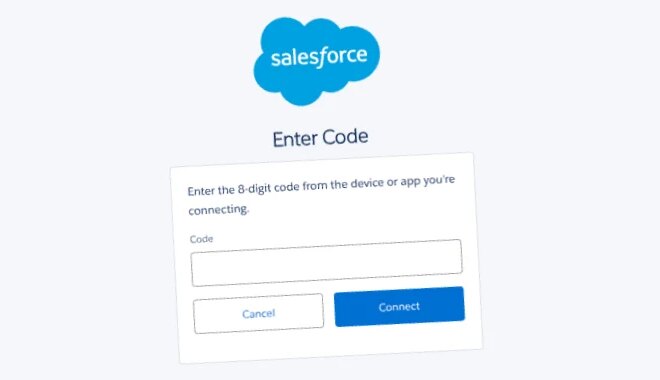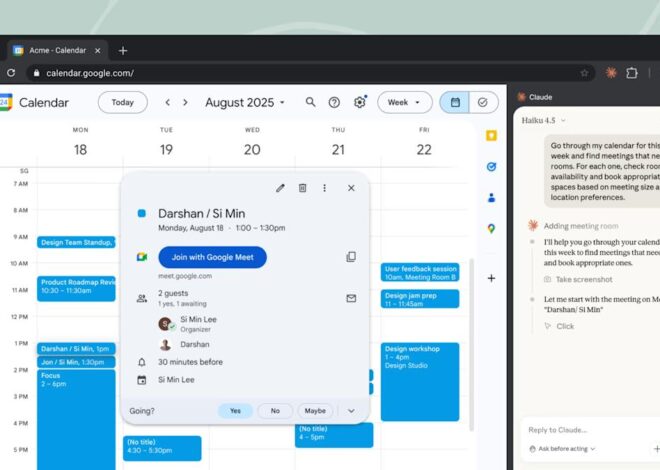For managers who have spent a long time reporting to a specific leader or working in an organization with well‑understood goals, it’s easy to develop skill gaps without realizing it. Usually this happens because those skills were not particularly important in the environment you grew up in. You may become extremely confident in your existing skills, enter a new organization that requires a different mix of competencies, and promptly fall on your face.
There are a few common varieties of this, but the one I want to discuss here is when managers grow up in an organization that operates from top‑down plans (“orchestration‑heavy roles”) and then find themselves in a sufficiently senior role, or in a bottom‑up organization, that expects them to lead rather than orchestrate (“leadership‑heavy roles”).
Orchestration versus leadership
You can break the components of solving a problem down in a number of ways, and I’m not saying this is the perfect way to do it, but here are six important components of directing a team’s work:
- Problem discovery: Identifying which problems to work on
- Problem selection: Aligning with your stakeholders on the problems you’ve identified
- Solution discovery: Identifying potential solutions to the selected problem
- Solution selection: Aligning with your stakeholders on the approach you’ve chosen
- Execution: Implementing the selected solution
- Ongoing revision: Keeping your team and stakeholders aligned as you evolve the plan
In an orchestration‑heavy management role, you might focus only on the second half of these steps. In a leadership‑heavy management role, you work on all six steps.
Folks who’ve only worked in orchestration-heavy roles often have no idea that they are expected to perform all of these.
So, yes, there’s a skill gap in performing the work, but more importantly there’s an awareness gap that the work actually exists to be done.
Here are a few ways you can identify an orchestration‑heavy manager that doesn’t quite understand their current, leadership‑heavy circumstances:
- Focuses on prioritization as “solution of first resort.” When you’re not allowed to change the problem or the approach, prioritization becomes one of the best tools you have.
- Accepts problems and solutions as presented. If a stakeholder asks for something, questions are around priority
rather than whether the project makes sense to do at all, or suggestions of alternative approaches.
There’s no habit of questioning whether the request makes sense—that’s left to the stakeholder or to more senior functional leadership. - Focuses on sprint planning and process. With the problem and approach fixed, protecting your team from interruption and disruption is one of your most valuable tools. Operating strictly to a sprint cadence (changing plans only at the start of each sprint) is a powerful technique.
All of these things are still valuable in a leadership‑heavy role, but they just aren’t necessarily the most valuable things you could be doing.
Operating in a leadership-heavy role
There is a steep learning curve for managers who find themselves in a leadership‑heavy role, because it’s a much more expansive role. However, it’s important to realize that there are no senior engineering leadership roles focused solely on orchestration. You either learn this leadership style or you get stuck in mid‑level roles
(even in organizations that lean orchestration-heavy).
Further, the technology industry generally believes it overinvested in orchestration‑heavy roles in the 2010s. Consequently, companies are eliminating many of those roles and preventing similar roles from being created in the next generation of firms. There’s a pervasive narrative attributing this shift to the increased productivity brought by LLMs, but I’m skeptical of that relationship—this change was already underway before LLMs became prominent.
My advice for folks working through the leadership‑heavy role learning curve is:
-
Think of your job’s core loop as four steps:
- Identify the problems your team should be working on
- Decide on a destination that solves those problems
- Explain to your team, stakeholders, and executives the path the team will follow to reach that destination
- Communicate both data and narratives that provide evidence you’re walking that path successfully
If you are not doing these four things, you are not performing your full role, even if people say you do some parts well. Similarly, if you want to get promoted or secure more headcount, those four steps are the path to doing so (I previously discussed this in How to get more headcount).
-
Ask your team for priorities and problems to solve. Mining for bottom‑up projects is a critical part of your role. If you wait only for top‑down and lateral priorities, you aren’t performing the first step of the core loop.
It’s easy to miss this expectation—it’s invisible to you but obvious to everyone else, so they don’t realize it needs to be said. If you’re not sure, ask.
-
If your leadership chain is running the core loop for your team, it’s because they lack evidence that you can run it yourself. That’s a bad sign. What’s “business as usual” in an orchestration‑heavy role actually signals a struggling manager in a leadership‑heavy role.
-
Get your projects prioritized by following the core loop. If you have a major problem on your team and wonder why it isn’t getting solved, that’s on you. Leadership‑heavy roles won’t have someone else telling you how to frame your team’s work—unless they think you’re doing a bad job.
-
Picking the right problems and solutions is your highest‑leverage work. No, this is not only your product manager’s job or your tech lead’s—it is your job. It’s also theirs, but leadership overlaps because getting it right is so valuable.
Generalizing a bit, your focus now is effectiveness of your team’s work, not efficiency in implementing it. Moving quickly on the wrong problem has no value.
-
Understand your domain and technology in detail. You don’t have to write all the software—but you should have written some simple pull requests to verify you can reason about the codebase. You don’t have to author every product requirement or architecture proposal, but you should write one occasionally to prove you understand the work.
If you don’t feel capable of that, that’s okay. But you need to urgently write down steps you’ll take to close that gap and share that plan with your team and manager. They currently see you as not meeting expectations and want to know how you’ll start meeting them.
If you think that gap cannot be closed or that it’s unreasonable to expect you to close it, you misunderstand your role. Some organizations will allow you to misunderstand your role for a long time, provided you perform parts of it well, but they rarely promote you under those circumstances—and most won’t tolerate it for senior leaders.
-
Align with your team and cross‑functional stakeholders as much as you align with your executive. If your executive is wrong and you follow them, it is your fault that your team and stakeholders are upset: part of your job is changing your executive’s mind.
Yes, it can feel unfair if you’re the type to blame everything on your executive. But it’s still true: expecting your executive to get everything right is a sure way to feel superior without accomplishing much.
Now that I’ve shared my perspective, I admit I’m being a bit extreme on purpose—people who don’t pick up on this tend to dispute its validity strongly unless there is no room to debate. There is room for nuance, but if you think my entire point is invalid, I encourage you to have a direct conversation with your manager and team about their expectations and how they feel you’re meeting them.








